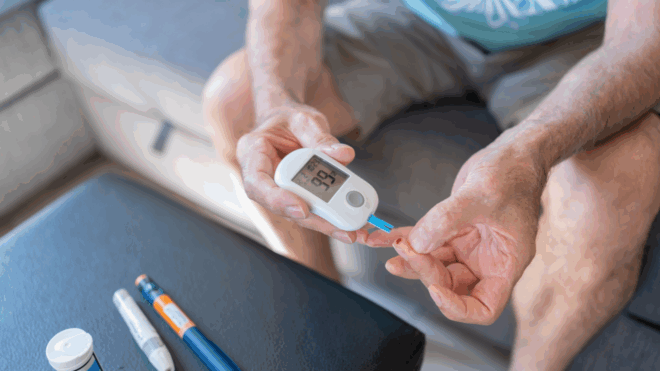If you watch television, chances are you've seen commercials for fibromyalgia medications.
Many people just ignore these ads, but it could be important to pay more attention to them, as fibromyalgia is a very serious disorder that causes huge amounts of pain.
People all over the country suffer from this disorder, and the most commonly affected are middle-aged women.
According to the CDC, fibromyalgia affects around 4 million adults in the US, and unfortunately there's no cure.
There are a variety of treatments for this painful disorder, but it will never go away for good. That means pain management is the best way of coping.
Another problem with fibromyalgia is that it often coexists with other conditions, which can make handling it even harder — and can increase pain.
Read below to learn more about exactly what fibromyalgia is, what causes the disorder, what its symptoms are, and some of the coexisting conditions.
Thumbnail Photo: Flickr / Aidan Jones
What Is Fibromyalgia?
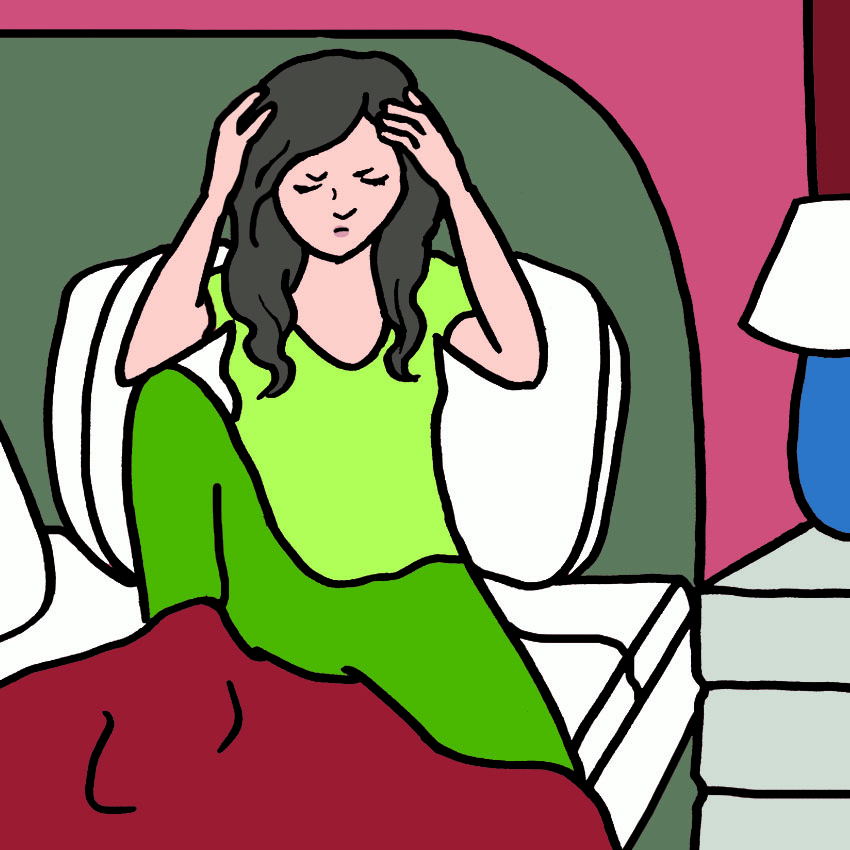
According to the CDC, "fibromyalgia is a condition that causes pain all over the body (also referred to as widespread pain), sleep problems, fatigue, and often emotional and mental distress. People with fibromyalgia may be more sensitive to pain than people without fibromyalgia."
What Causes Fibromyalgia?
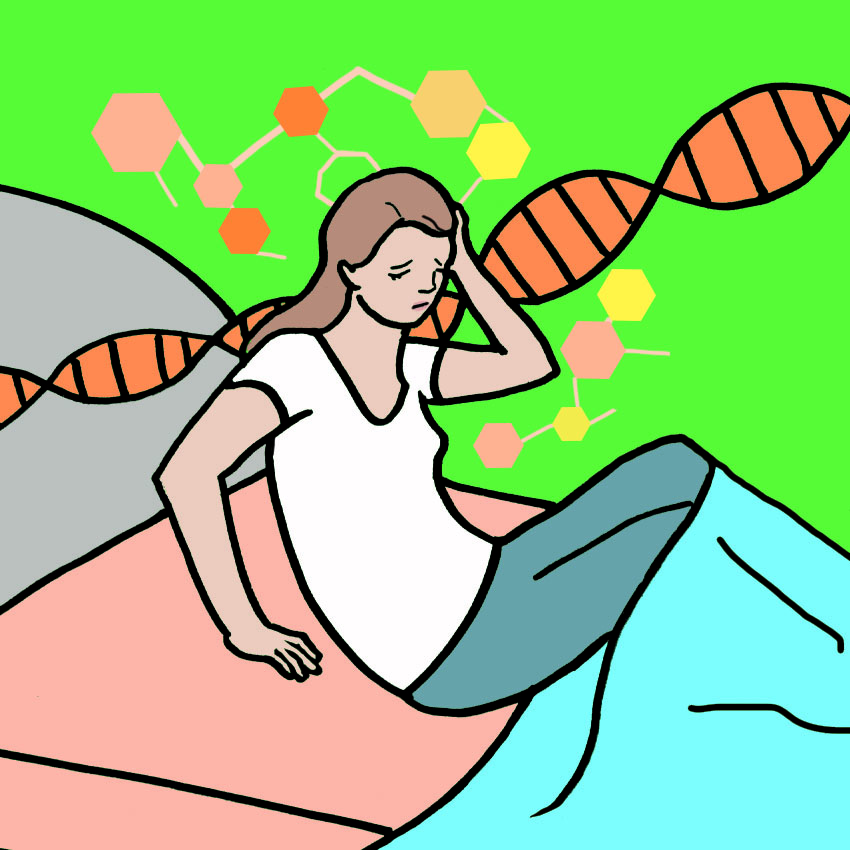
Unfortunately, there is still a lot of mystery as to what exactly makes a person more likely to be afflicted with this ailment.
"The cause of fibromyalgia is not known," the CDC explains, "but it can be effectively treated and managed."
Symptoms Of Fibromyalgia Symptom #1: Widespread Pain
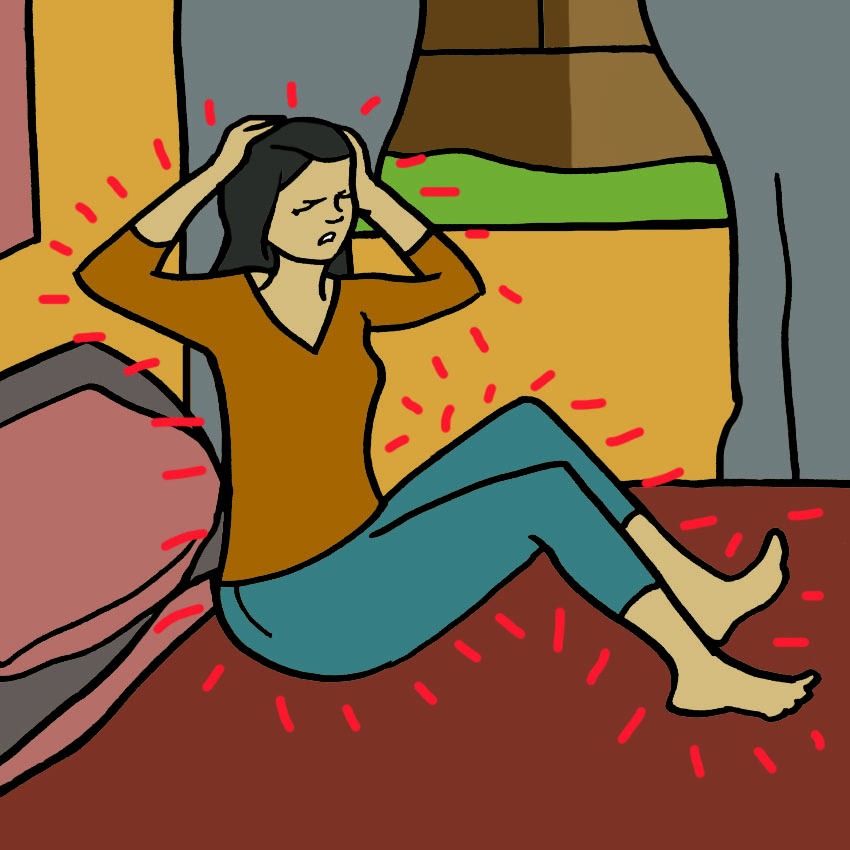
One of the most common symptoms of fibromyalgia is widespread pain all over the body.
This pain may feel like aching and stiffness, it might involve tingling or numbness, or it may create "tender points" on the body.
These tender points are specific places on the arms, legs, hips, back, neck, and shoulders.
Symptom #2: Fatigue
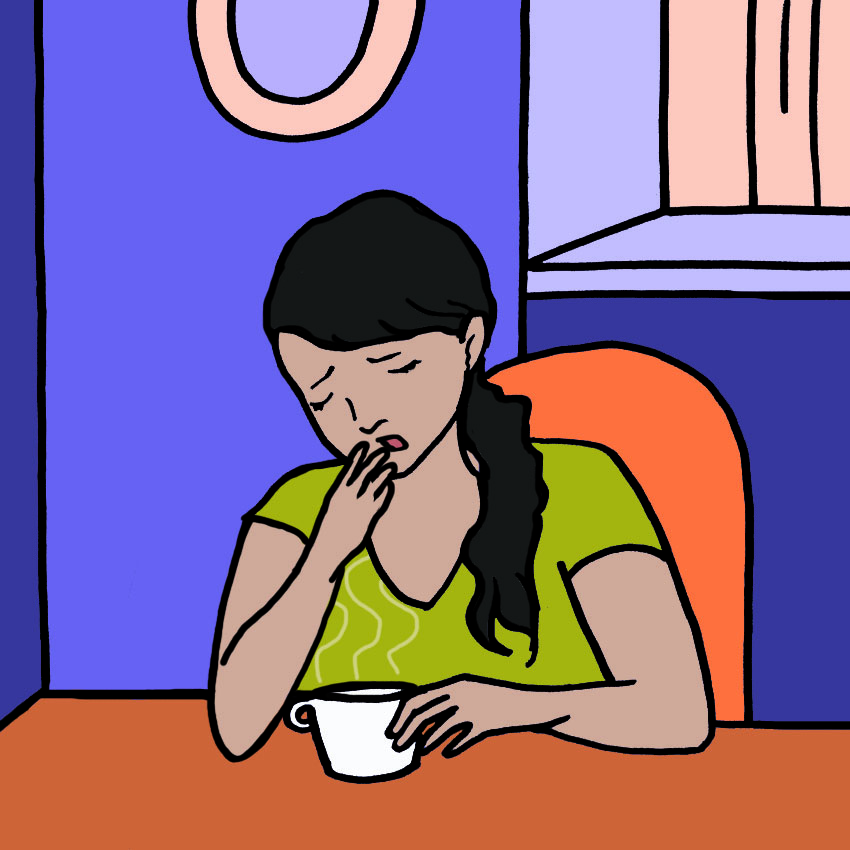
Another common symptom of fibromyalgia is fatigue and morning stiffness.
The widespread pain can be absolutely exhausting, and it can cause extreme tiredness.
Symptom #3: Sleep Disorders
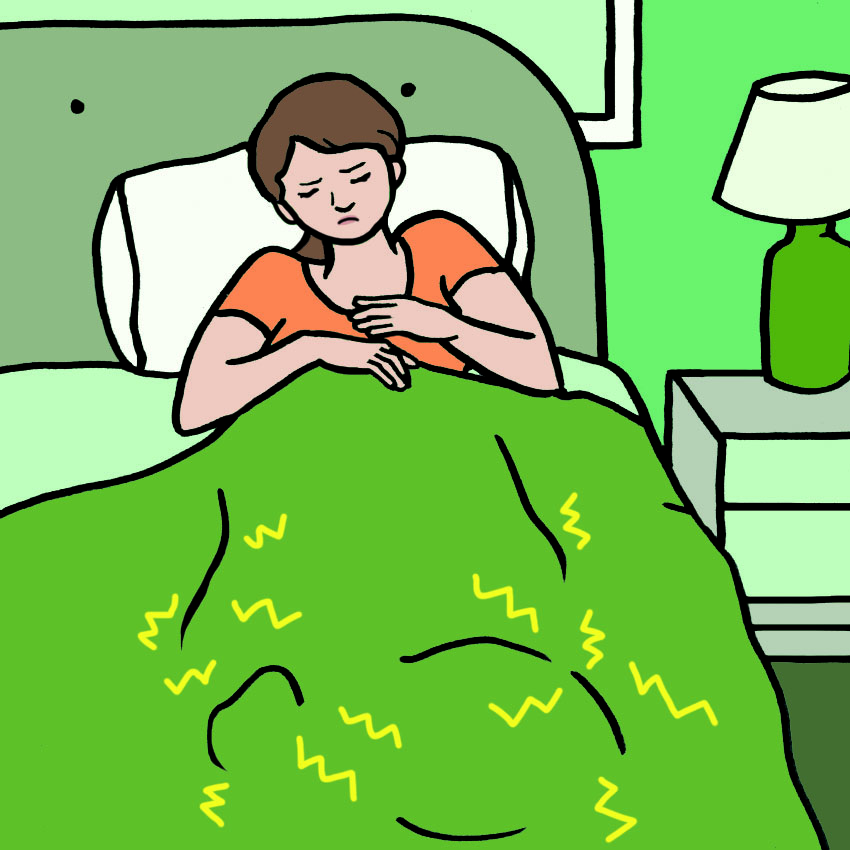
As if the widespread pain weren't enough, fibromyalgia can also cause serious sleep problems and sleep disorders, like restless leg syndrome.
These issues with sleeping can also lead to even more fatigue and tiredness.
Symptom #4: Cognitive Difficulties

Some people with fibromyalgia report difficulty thinking and concentrating.
The disorder can also affect concentration, and make getting daily tasks done very complicated.
Sometimes, this is called "fibro fog."
Coexisting Conditions Condition #1: Irritable Bowel Syndrome
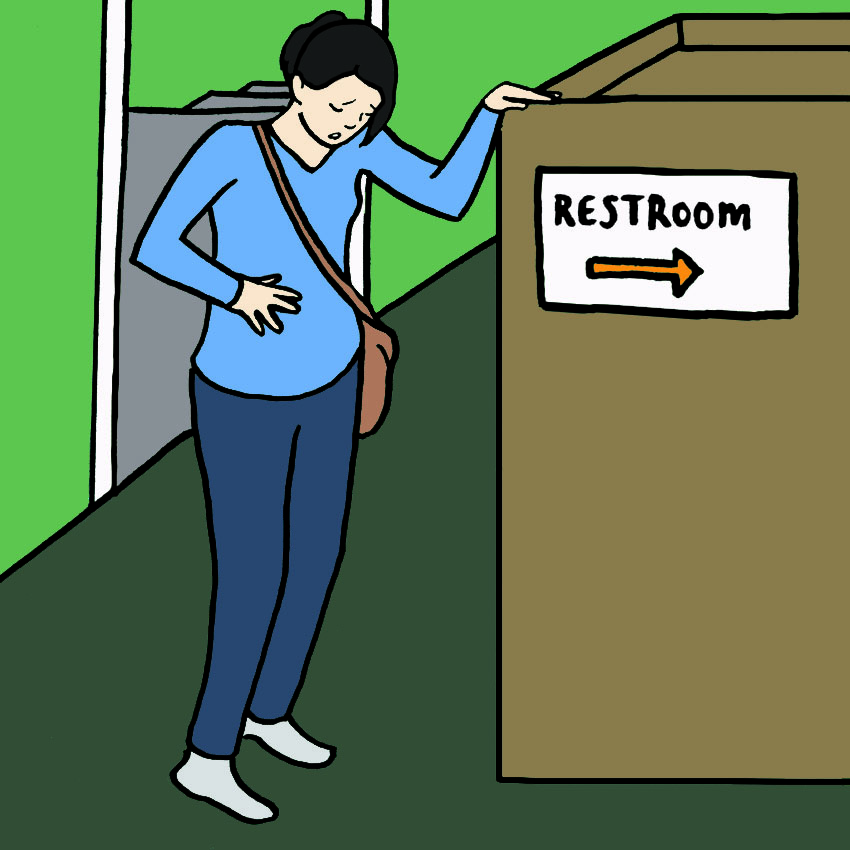
Fibromyalgia often occurs with other conditions as well. The US National Library of Medicine says that "people with rheumatoid arthritis and other autoimmune diseases are particularly likely to develop fibromyalgia."
The Mayo Clinic explains that one of the common coexisting conditions is irritable bowel syndrome. Find out more about IBS in this LittleThings article.
Condition #2: Migraines And Headaches
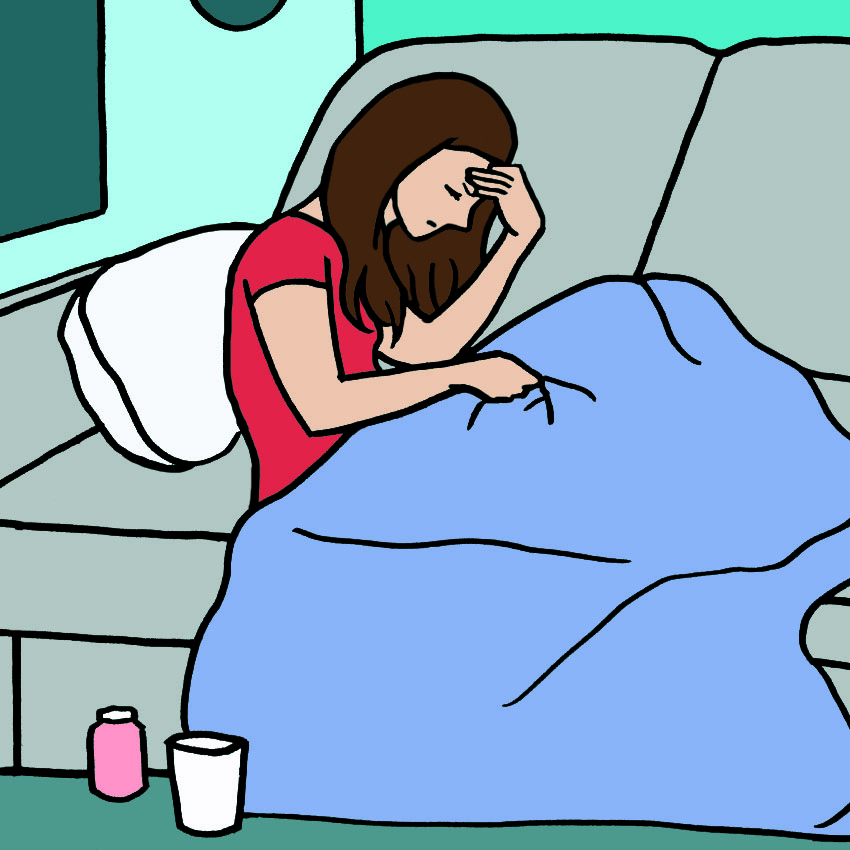
Other coexisting painful condition include headaches and migraines.
These can intensify the fatigue and "fibro fog" that many fibromyalgia sufferers experience.
Find out more about migraines in this LittleThings article.
Condition #3: Bladder Disorders
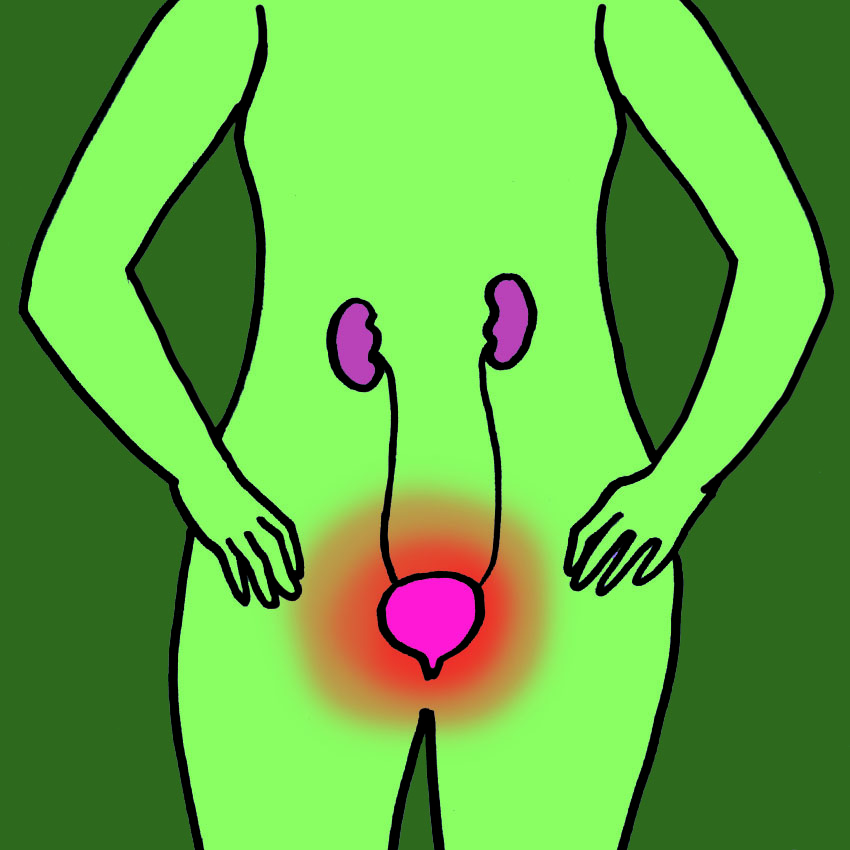
Bladder disorders are also very common with fibromyalgia.
Health problems like interstitial cystitis and painful bladder syndrome are not uncommon.
Condition #4: Joint Disorders
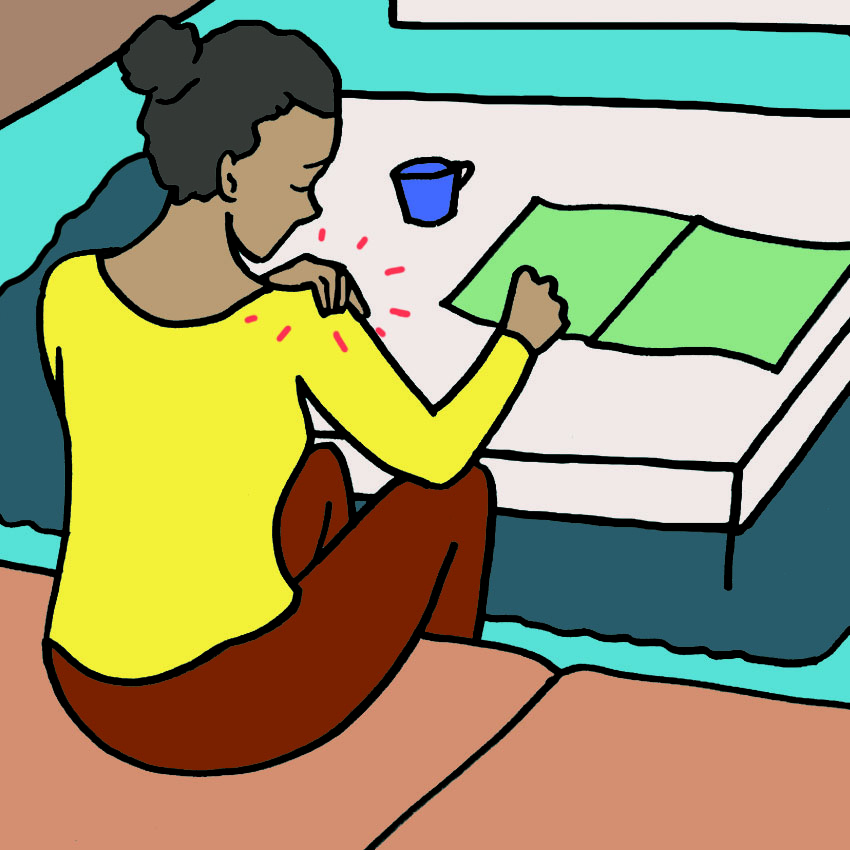
Just as fibromyalgia causes painful "tender points," it also often goes hand in hand with joint disorders.
Specifically, "Pain in the face or jaw, including disorders of the jaw known as temporomandibular joint syndrome (also known as TMJ)," explains the CDC.
Condition #5: Anxiety And Depression
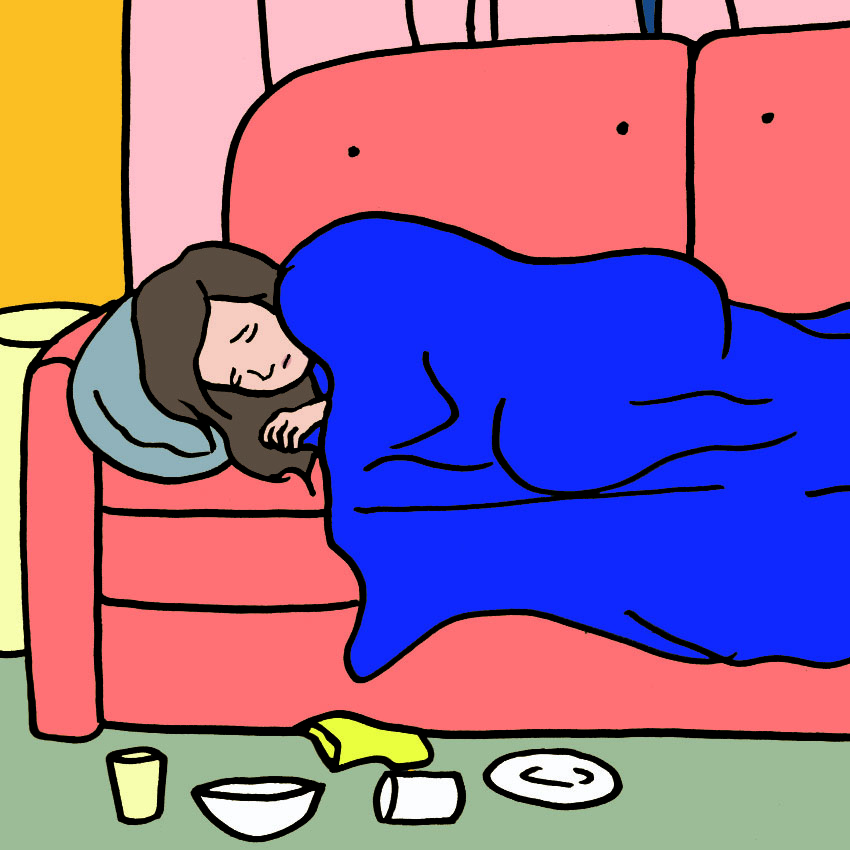
Fibromyalgia and certain mental disorders, like anxiety and depression, often coexist.
If you want to learn more about ways to soothe fibromyalgia symptoms, check out this LittleThings article.
To help people understand more about fibromyalgia, please SHARE this article with your friends!



